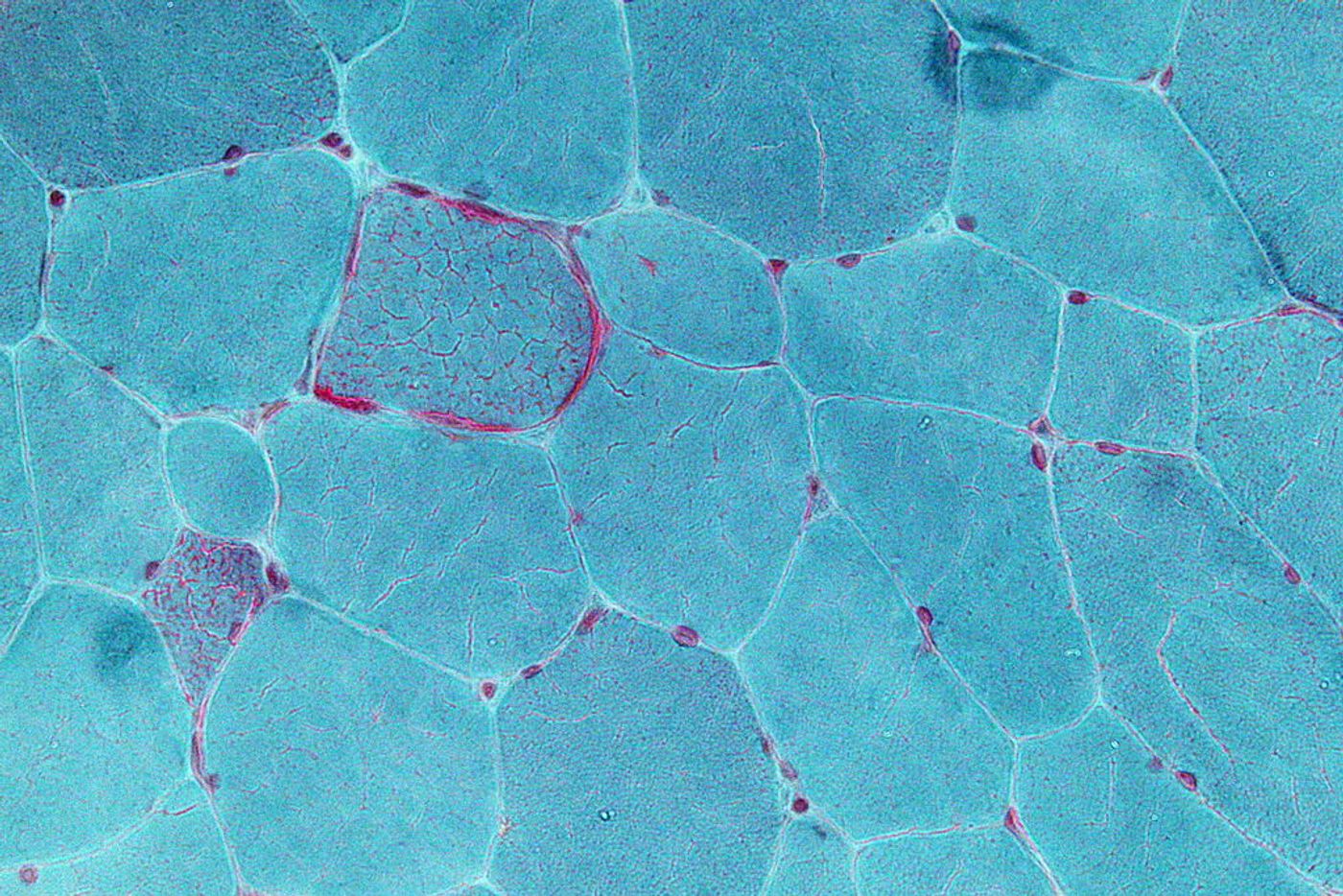
There’s a reason mitochondria are called the “powerhouse of the cell.” They generate the majority of the cell’s ATP, the main energy source for the majority of cellular functions. Mitochondria are necessary for us to do anything that requires energy and they are present in every cell of our bodies (except red blood cells).
Not everyone has fully-functioning mitochondria. One in 5,000 people suffers from mitochondrial diseases. Of the patients suffering from mitochondrial diseases, many experience neurological symptoms. These symptoms include childhood epilepsy, intellectual disability, and autism spectrum disorder.
The link between mitochondrial diseases and the neurological symptoms they produce have always been unclear. Recently, researchers from the Brigham and Women’s Hospital investigated the link by tracing the development of interneurons. Interneurons, also called connector neurons, are responsible for creating neural circuits to allow communication between motor and sensory neurons and the central nervous system. They have to travel long distances during the brain’s development, taking a circuitous path from the ventral forebrain to the dorsal neocortex. The importance of mitochondria during the development of interneurons is unknown.
According to the research published today, March 31, in
Cell Reports, mitochondria are vital in the migration of interneurons. Interneurons require more energy than other neurons to function. Properly working mitochondria move rapidly within interneurons as they travel their complicated route. The researchers claim interneuron migration, from the basal forebrain to the neocortex, is sensitive to disruptions in oxidative phosphorylation. They found this by inhibiting Ant1, a gene known to play a role in mitochondrial diseases. The inhibition of Ant1 disrupted “non-radial migration of interneurons, but not the radial migration of the cortical projection neurons,” the authors said in the paper. The mitochondria moved in different patterns and the interneurons traveled slower and shorter distances. Thus, the migration of interneurons is an energetically vulnerable process. Mitochondria must be fully functional for normal interneuron development.
Reversing the neurological symptoms caused by mitochondrial diseases will not be as simple as replacing dysfunctional mitochondria at any time. As the study shows, the symptoms might have resulted from abnormal interneuron development that took place during embryonic development.
"We need to rethink how we strategize caring for patients. Historically, patients have been recalcitrant to therapy, and this new work may explain why," said co-corresponding study author Jeffrey Golden, chair of BWH's Department of Pathology. “This work also provides an insight into rethinking therapeutic strategies.”
Further studies using tissue samples from humans are necessary to validate these results.
Sources:
Journal article (open access) in Cell Reports,
Brigham and Women's Hospital press release via EurekAlert!


















































